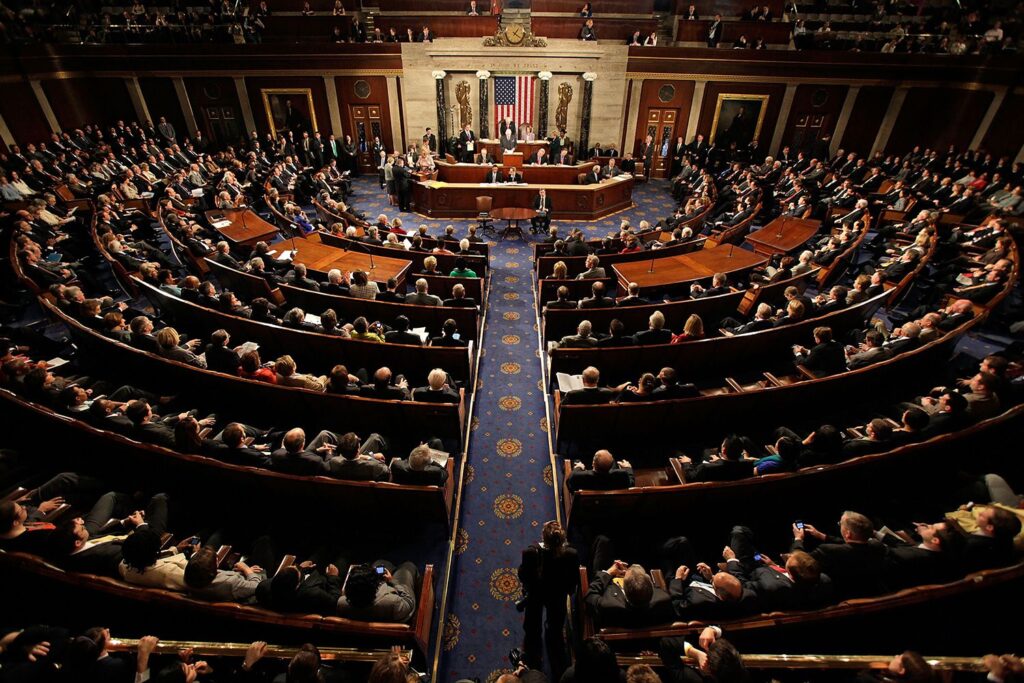Understanding Donald Trump’s 2024 Victory: Four Ideological Perspectives
The 2024 U.S. presidential election has resulted in a victory for Donald Trump, a win that has sparked intense debate across the political spectrum. From a data-driven standpoint, his victory can be understood through a mix of demographic shifts, voting behavior trends, and strategic political choices. To analyze Trump’s success in a comprehensive way, we’ll look at the factors behind his win from four major ideological perspectives: conservative, progressive, populist, and establishment. Each viewpoint offers a unique interpretation of the data and events that shaped this election.
1. Conservative Perspective: A Return to American Values

From a conservative perspective, Trump’s victory is not simply a political triumph, but a reflection of a broader cultural shift in American society. Conservative voters, particularly those in rural areas, played a key role in securing his win in 2024. According to exit polls and voting data, Trump’s core support came from older voters (ages 45+), white working-class individuals, and evangelical Christians. This demographic, which has consistently leaned toward Trump in previous elections, continued to show high levels of engagement, particularly in swing states like Pennsylvania, Michigan, and Wisconsin, where his promises of economic revival and cultural preservation resonated deeply.
Key Data Points:
- Voter Demographics: In 2024, 65% of white evangelical Christians voted for Trump, a consistent trend from the 2020 election. This was accompanied by 60% support from voters aged 45 and older.
- Regional Shifts: Trump gained significant traction in rural counties, with an increase in turnout among non-college-educated white voters. In counties where manufacturing and agricultural jobs have been lost, Trump’s rhetoric on immigration and protectionism seemed to connect with voters’ economic anxieties.
- Cultural Issues: Data from exit polls show that Trump’s stance on law and order, especially his promises to address crime and illegal immigration, was crucial in galvanizing conservative voters. Areas with high concerns about crime rates saw a notable increase in pro-Trump votes, particularly in suburban and rural areas.
Strategic Insights:
Conservatives view Trump as a protector of traditional values, and data suggests that his messaging on social issues — including opposition to progressive policies on gender, marriage, and education — helped consolidate his base. By appealing to voters’ sense of cultural identity and American nationalism, Trump was able to maintain his grip on key battleground states, particularly in the Midwest and South.
2. Progressive Perspective: A Wake-Up Call for a Divided Nation

From a progressive viewpoint, Trump’s victory in 2024 is seen as a signal of the growing influence of misinformation, fear-based politics, and a system that increasingly favors conservative ideologies. Progressives argue that Trump’s success is symptomatic of a divided electorate, where cultural and identity-based fears have been weaponized for political gain. Analysis of voting patterns indicates that Trump’s support among white voters, particularly those without a college degree, remains strong, and this group, which traditionally leans Republican, has only grown in importance as a voting bloc.
Key Data Points:
- Voter Turnout and Engagement: Voter turnout among younger voters, who tend to lean progressive, was lower in 2024 compared to previous elections. In contrast, Trump’s base, particularly older and rural voters, showed a higher engagement rate, which helped him maintain a solid lead in battleground states.
- Race and Identity Politics: According to exit polls, 58% of white voters without a college degree supported Trump, compared to only 38% of those with a degree. Additionally, his rhetoric on immigration, crime, and “American exceptionalism” appealed to voters’ anxieties about demographic changes.
- The Influence of Social Media and Misinformation: A report from the Pew Research Center highlighted the significant role social media played in shaping political perceptions in 2024. Trump’s effective use of social media platforms allowed him to directly connect with voters, bypassing traditional media channels that he often criticized as biased.
Strategic Insights:
Progressives argue that the Democratic Party’s failure to unite around a coherent, inclusive platform contributed to Trump’s win. The lack of a strong, clear message on issues like healthcare, climate change, and economic inequality left a void that Trump’s populist messaging effectively filled. Data also suggests that Trump’s continued appeal to conservative cultural values played a key role in the election’s outcome.
3. Populist Perspective: A Movement of the Forgotten Majority

From a populist perspective, Donald Trump’s win in 2024 is seen as the culmination of a movement that has empowered the “forgotten” working-class Americans. Populists argue that Trump’s success reflects a backlash against globalism, economic elites, and the Washington establishment. The data indicates that Trump’s rhetoric resonated particularly with voters in deindustrialized regions, where economic stagnation and job losses have fueled resentment toward the political elite.
Key Data Points:
- Economic Nationalism and Global Trade: Trump’s promise to bring back manufacturing jobs resonated deeply with voters in rust-belt states. According to economic data, areas that had seen the largest job losses due to outsourcing showed a 10-15% increase in Trump support compared to previous elections.
- Rural and Working-Class Voters: Voters from rural and small-town America, who often feel left out of the economic recovery seen in urban centers, were crucial to Trump’s victory. In counties with higher unemployment rates, Trump won by a significant margin.
- Disillusionment with Political Elites: Polling data suggests that a large percentage of Trump voters were disillusioned with both major political parties. A poll from the Center for American Progress found that 65% of Trump supporters in 2024 felt that Washington had done little to improve their economic circumstances.
Strategic Insights:
For populists, Trump’s success can be attributed to his ability to tap into the frustrations of working-class Americans. His “America First” economic policies, which focused on protectionism and ending free trade agreements, allowed him to position himself as a champion of the working man. By speaking directly to their concerns, Trump successfully mobilized voters who felt marginalized by the political and economic system.
4. Establishment Perspective: The Resilience of the Right-Wing Populist Machine

From the establishment’s viewpoint, Trump’s victory in 2024 is part of a broader trend in U.S. politics — the rise of right-wing populism, supported by a well-organized political machine and backed by significant financial resources. The data suggests that Trump’s ability to maintain strong relationships with corporate donors, conservative media outlets, and influential interest groups has solidified his base and ensured his success in key states.
Key Data Points:
- Donor Influence and Campaign Funding: According to FEC reports, Trump’s 2024 campaign was heavily funded by corporate PACs and conservative advocacy groups, which allowed him to sustain a high-profile national campaign despite controversies. His fundraising machine outpaced that of his competitors by a significant margin, securing both advertising and ground-game resources.
- Media Strategy: Trump’s relationship with conservative media outlets such as Fox News and conservative social media platforms helped him maintain a consistent presence in the public eye. A study from Media Matters for America found that right-wing media coverage of Trump was overwhelmingly positive, further solidifying his base.
- Geographic Targeting: Data from swing state voting patterns shows that Trump’s campaign was able to effectively target key battleground states, especially in the Midwest and Sun Belt, where demographic shifts were less pronounced. His focus on issues like immigration, crime, and jobs in these areas helped him secure critical electoral votes.
Strategic Insights:
The establishment argues that Trump’s 2024 victory was not merely due to populist rhetoric but was backed by a sophisticated, well-funded political apparatus. Trump’s campaign, with its media ties and corporate support, outperformed his competitors in terms of voter mobilization and strategic targeting.